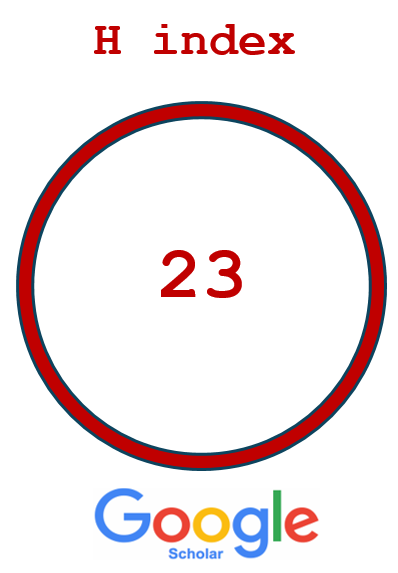ACTA Pharmaceutica Sciencia
2007 , Vol 49 , Num 1
THE EFFECT OF DIFFERENT LEVELS OF FINES ON DPI PERFORMANCE IN VITRO
Faculty of Pharmacy and Health Sciences, Ajman University of Science and Technology Network, Al-Fujairah, UAE
Viewed :
18361
-
Downloaded :
4754
The purpose of the current study was to optimise the level of fine particle lactose (FPL) present in carrier-based dry powder aerosols and to examine the effect of the model drug, fluorescein isothiocyanate (FITC)-Dextran (mol. wt. 4,400 daltons), to carrier ratio on the in vitro performance when aerosolised from a Spinhaler™. FITC-Dextran with sieved α-lactose monohydrate (75-106 μm) or modified sieved lactose, which contained a range (1-20 % w/w) of added FPL, were mixed in the ratio of 1:25. The formulations were tested for aerosolisation using Andersen cascade impactor (ACI). The different ratios of FITC-Dextran to the optimised carrier (1:25-4:25) were similarly examined. Although flowability was shown to get worse as indicated by compressibility results, the increased addition of FPL showed to improve deaggregation of the emitted FITC-Dextran. The fine particle fraction based on the emitted dose (FPFEmitted) was increased from 32.1 % to 43.7 % when the added FPL increased from 0 to 20 % w/w. The optimum level of added FPL was shown to be 5% w/w which showed the highest stepped-increase in the FPFEmitted. The higher ratio (4:22) of FITC - Dextran to the optimised carrier reduced device retention from 63.1 % to 49.7 % and the FPFs based on loaded and emitted dose were improved. The model drug to carrier ratio was more influential than the FPL as it affected all the important inhalation parameters.
Keywords :
FITC-DEXTRAN, FINE PARTICLE LACTOSE, DRY POWDER, SPINHALER™, ANDERSEN CASCADE IMPACTOR





